(W)right On Communications kicked off its Next 25 series with an expert panel on the future of sustainable tourism and travel including Visit Napa Valley, Lowe, Archer Aviation and TravelPulse.
Continue readingTop 5 Social Media Tourism Trends for 2020
Five Pro Tips For Mouth-Watering Food Photographs
By Shae Geary—Senior Communications Strategist
Ready. Set. Selfie!
We all love showing off our personalized pictures of food, travel, and fun experiences, especially during holidays. With Valentine’s Day on the horizon, we’re betting you’ll be sharing some delicious eats with your sweetie or besties. To make sure your food selfie skills are perfectly polished, we’ve delved into our archives for today’s blog. Here are five pro tips from San Diego food photographer Sam Wells for producing mouth-watering and Instagram worthy photos for this Valentine’s Day xoxo.
In Hospitality Public Relations, we often rely on images to help tell our stories – a pristine white sand beach; a mojito in a mason jar; a field in bloom. With the rise of social media and the availability of high quality cameras on most smart phones, photography is often how our guests tell their vacation stories, particularly when it comes to food.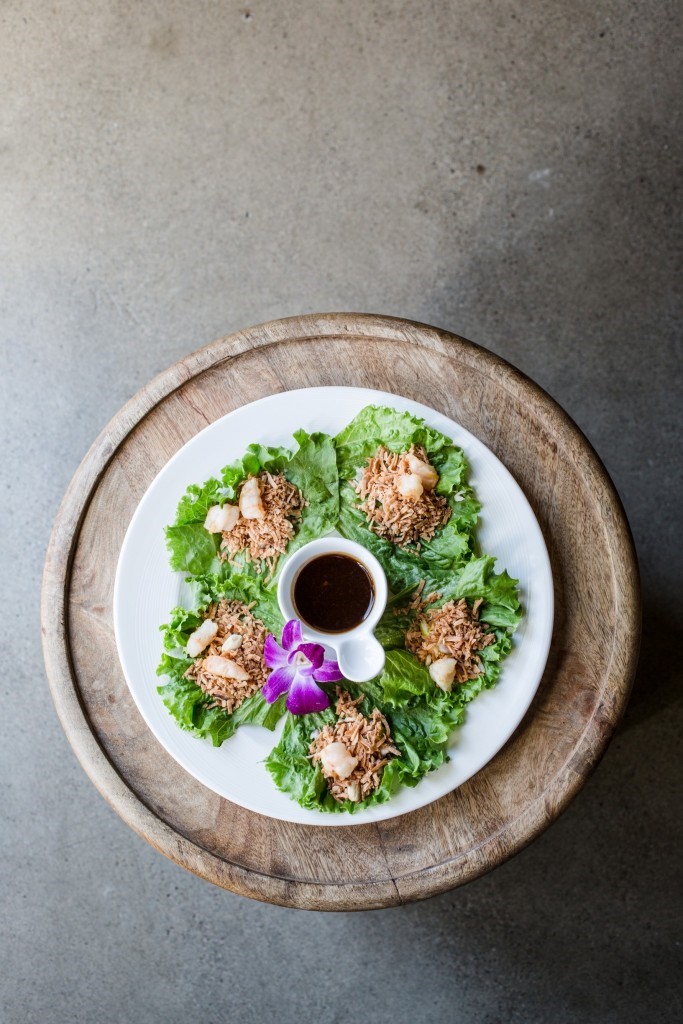
Despite having such ready access to cameras, however, most of us remain photographically challenged. A good camera phone isn’t enough to turn our latest gastronomic delight into the envy of all our friends: placement, lighting and composition are all important elements in the quest to capture delicious food memories. Sounds difficult, right? That’s when you turn to the pros.
I was recently fortunate to work with Sam Wells, a respected San Diego food photographer who shoots for publications like Carlsbad Magazine and San Diego Magazine. While I watched him work his photographic magic, it occurred to me that he must have a load of helpful hints for us “do-it-yourselfers.” Sam was more than happy to give his insights on what makes for great food photography. Follow his tips and you’ll be on your way to drool worthy food on Instagram in no time.
Food Photography Tips from Photographer Sam Wells
Tip 1: Light quality is everything.
I shoot most of my food in areas I call “transition zones” – where the light is transitioning from light to dark. Windows, open doors, and the outer edges of shaded areas all produce beautiful directional light. If there are any conflicting tungsten lights in the restaurant, try to block them to create clean light.
Tip 2: Create a strong composition.
Negative space can be a great asset to a photo. Using the “rule of thirds” always helps – just imagine there are two horizontal and vertical lines dividing up the frame into nine rectangles. Place the most interesting point of focus on any two lines or where the lines intersect, and you’ll instantly have a better-composed image. Add a few more details to fill the frame, and you’re off and running.
Tip 3: Steady your hand. 
Motion blur can ruin a photo, so if you are hand-holding the camera make sure to take a few and be gentle when you push the shutter button. Make sure your camera or phone doesn’t move when you shoot the photo. I always use a tripod to ensure maximum sharpness.
Tip 4: Show some life and action.
Have a hand reaching for something. Take a bite. Make it messy. Do anything that makes the food look delicious and enticing.
Tip 5: Styling can make any dish interesting.
I always use linens and napkins to help spice things up a bit. Adding other elements allows you to create a more interesting composition by leading the eye through the image. Think of image flow – a fork placed in the lower right hand corner pointed towards the dish will lead the viewer’s eye towards the focal point.
Keep this handy for your next dining adventure and you’ll definitely have some Insta worthy food photos. Need more photo inspiration? Follow the latest in Sam’s food reel on Instagram at @swellsphoto.
No Shortcuts to PR Glory, Then or Now
By Julie Wright—President and Founder
Twitter: @JulieWright
How PR Worked Before the Internet…
I started out in PR before the Internet or email. It was the era of fax machines, the Yellow Pages and 400-page media directories that you combed through to research and build your media lists. There were few shortcuts on the way to mastering your PR skills, but in some ways, all of today’s technology and automation tools might actually be shortchanging entry-level PR people and getting in the way of developing PR fundamentals.
Back in the day, once you had your list built, you then had to call each reporter until they picked up the phone and then use your verbal skills to hold their attention more than eight seconds to pitch your story. Those calls helped you develop a thick skin, fast. That real-time feedback taught you which approaches worked or didn’t.
Unfortunately, in today’s email environment, you’ll never really know what they loved or hated about your pitch. (Unless you follow @smugjourno or @DearPR to monitor Tweets from journalists losing their s*** after being addressed with the wrong name for the 10th time in one day, sent another off-topic pitch, distastefully news-jacked or sent a 120 mb attachment.)
In the pre-email era, entry-level PR pros had to work the phones but that process made us better, faster.
We had another tool beside the phone. It was called the fax machine. Part of paying your dues was standing over one feeding it hard-copy press releases with your fingers crossed, hoping to hear the modem answer. (If you don’t know what a modem sounds like, it’s kinda like a DubStep drop.) That sound let you know that your brilliant press release was transmitting.
If you were sending a fax to a busy newsroom, you could often expect repeated busy signals and multiple attempts to get your press release through. Faxes could only be sent one at a time. You could punch in several fax numbers, but they’d be delivered sequentially and not simultaneously.
Think about that, for a moment.
You, literally—and I mean literally–experienced the sensation of your pitch colliding and competing for bandwidth with other pitches. The idea that your pitch was one of hundreds being sent to an outlet or reporter was not just a concept. It was something you actually heard and saw.
Anyhow, damn. Those days could be a real grind. Some labor-intensive, inglorious work. Like walking uphill both ways to and from school. But it was just what you had to do so you did it.
So, here’s my point: While the tools may have changed, I honestly do not think that the fundamentals have.
PR still requires an awful lot of legwork to do right and over the past quarter century, I have found that there is no substitute for that hard work—particularly as you are starting out. Generating a Twitter following, mastering Facebook’s algorithm, researching blogs for your thought leadership project—it’s a different grind, but to succeed you’ve got to do the work.
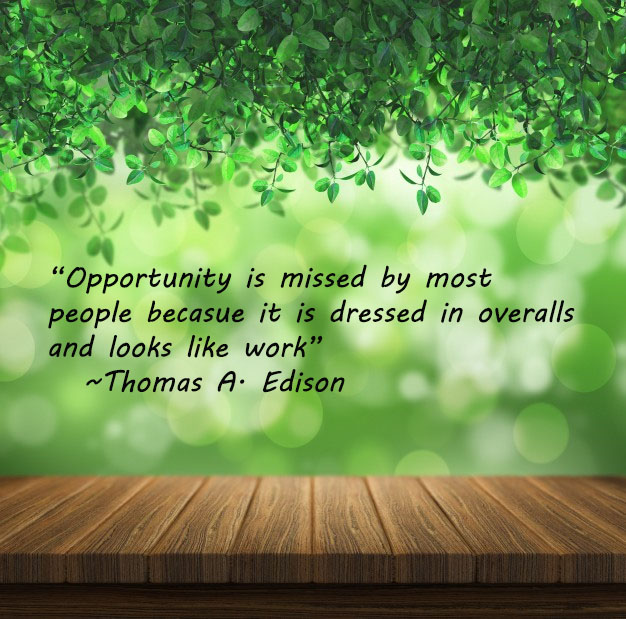
The practices I learned in the early 90s as an entry-level Gen Xer gave me sound fundamentals. It was a methodical process—detailed, diligent and it kept you close to your media contacts. You worked hard to find each contact and cultivate it. You knew the value of each contact and sent your pitches out into the world with each recipient in mind.
If I wanted to target my client for a radio interview, I had to listen to that radio show. If I wanted a trade or consumer magazine to feature my client’s project, I had to read the magazine. There was no website to consult or Google to search.
You had to be dialed into your media list, totally aware of who each contact was and why the hell they’d want to do a story on your news. I think this is one of those basics that has been lost in the race to automate our work, and it is the bane of the remaining working journalists who are inundated with off-topic email pitches. It’s also the bane of PR professionals who know that it takes time to do this job right but get pressure from clients who think PR is just distributing press releases to massive lists.
What Can You Do Today for Maximum Career Growth & Success?
What would happen to your pitching skills and PR instincts if you adopted these old school practices. What if you voraciously consumed the very same media you were expected to earn coverage in? What if you approached every single media contact on your media list like a wedding guest—knowing their background, your relationship to them, whether they’d want the ribeye or the vegetarian option and who they’d want to sit with?
I tell you what. You’d be successful. You’d be a rock star.
In today’s environment of cheap, plentiful and immediate information, taking pains to research and document each entry in your media list probably makes you feel like you’re doing it wrong.
Stifle that impulse. Take the time. If you have a passion for communications and telling great stories, then focus on your fundamentals. Do what might feel like drudgery. It’s called paying your dues. We all did it. If we wanted it, then we did it.
So if that’s you, don’t miss the opportunity to shine because it looks like hard work. 
Put that extra care and attention into your work. Invest extra time in your day for attending a webinar to build your knowledge. Spend a little extra time every day reading up on your industry and talking to the more experienced people on your team about what you’re learning to get their take and advice.
And for god’s sake, show up. Network with journalists, other PR professionals, peers and business leaders. Volunteer on a committee so you can practice your leadership skills outside of the office to get more confident contributing during team and client meetings.
It may sound old-timey but work hard, pay your dues, take chances with your new knowledge and you will get noticed and rise quickly. I assure you, don’t be afraid to do these things for you will have one of the most exhilarating and rewarding careers imaginable.
3 PR & Marketing Tactics to Dump in 2017
By Julie Wright—President and Founder
Twitter: @JulieWright
Out with the old. In with the new! What stale PR and marketing tactics will you shed in 2017?
I’ve got a few on my naughty list this holiday season. They’re activities that perhaps at one time were strategic but now are automatic things PR and marketing professionals are doing without really thinking. Isn’t it time to leave these three things behind?
- Your Press Releases No One Reads
 It’s well past time to ditch the traditional press release.
It’s well past time to ditch the traditional press release.
If you want media coverage, then spend your energy and budget on developing your brand’s story and pitching it to a carefully cultivated list of media targets.
Just as advertising is the price you pay for being unremarkable, press releases are what you do when you don’t have a real PR strategy.
They’re a PR crutch and are often abused by people who think press releases are public relations.
In 2017, empower your agency or PR department to generate media coverage with creative ideas and storytelling. Focus on your communications goals and then determine if press releases are really going to help you achieve them. If not, get creative and strategic with the tactics that will actually impact your communications and business goals.
While they may not generate media coverage, you can be strategic in your use of press releases. Use them to raise online visibility for your brand or key content to spur discovery through keyword analysis and search engine-optimized content, and to share exceptional visual content such as great photos, videos and graphics.
Just don’t continue putting them out as a proxy for a real PR strategy.
- Your Facebook Page that No One Sees
 How much time does your team spend drafting and posting content to Facebook? Now how many likes or comments does that content get you? How much traffic to your website? How much brand engagement and equity is all this effort producing?
How much time does your team spend drafting and posting content to Facebook? Now how many likes or comments does that content get you? How much traffic to your website? How much brand engagement and equity is all this effort producing?
Be honest with yourself. Is it worth it? What would happen to your business if you dumped your Facebook page? Or your Twitter account, for that matter?
If you’re doing it right, hopefully the answer would be “quite a lot.” Website visits would fall, event attendance dip and top of mind awareness would suffer.
If you can’t answer that question satisfactorily, take a hard look at what you’ve been doing and ask yourself why? Do you know what impact you want this activity to have on your business?
Now flip things around and pretend that Facebook was your only channel for reaching your audience. How would you approach it differently? Would you do more research and target better? Would you dedicate more budget to advertising? Would you study what type of content performs best?
So develop a plan in 2017 to do social media right. Or stop doing it.
Set goals for your social media activity that will support the impact you want to see for your business and then produce the content, schedule, promotion and targeting that will reach them.
- The Content You Spend More Time Marketing than Your Actual Product or Service
I get the concept behind content marketing. Provide people with helpful, well-packaged information that draws them in and predisposes them to like, trust and value your business so they’ll consider doing business with you.
 Do this on a massive scale and you’ll have a lead generation machine, the theory goes. With every blog post or white paper, an email has been captured so that the prospect can be continuously marketed with more friendly, helpful emails, blog posts and white papers.
Do this on a massive scale and you’ll have a lead generation machine, the theory goes. With every blog post or white paper, an email has been captured so that the prospect can be continuously marketed with more friendly, helpful emails, blog posts and white papers.
That said, it’s a shit-ton of work to do this right. And if you’re the prospect, you could now have five or 10 companies trying to move you through their content marketing funnel. Your email inbox will implode!
So how much of your marketing department’s time or agency budget do you want to spend generating and marketing helpful blog posts, infographics, videos, white papers and case studies, and how much do you want to spend actually marketing your product or service to your target buyers?
I may be out of fashion here, but content marketing has to have jumped the shark a few years ago.
“With over 90% of B2B marketers cranking out ‘content,’ prospective buyers are inundated with information.”
How many buyers will be saying to themselves in 2017, “Boy, if only I could find more content?” I’m skeptical. Content is important but it is not the end in and of itself. It’s the means to an end. So in 2017 stop slaving away at the content game and make sure it’s serving your needs and not vice versa.
What tactics will you be dumping in 2017? Let us know with a comment or tweet!
Trends Come and Go, But These 5 PR Tips Are Forever
By Aisha Belagam—Jr. Communications Strategist
Twitter: @AishaBelaPR
As we get closer to 2017, amidst a flurry of new trends, it is important to remember that the traditional fundamentals of public relations are timeless and the backbone of any campaign, be it 1977 or 2017.
Here are five forever PR techniques that I always return to, no matter what platform, reporter, or message I’m working with:
1) Write well, not good
The digital age has certainly increased the demands placed on public relations professionals. As the role has evolved into a management discipline, strategy and critical thinking drive executions. However, no matter how you slice it, writing continues to be the fundamental skill one must possess to thrive in the industry. Strong writing skills are consistently the top-rated PR skill in multitudes of surveys, including this recent one from Gould and Partners.
Advanced writing skills are more important than ever in today’s changing landscape, where everything is instant. Journalists and PR professionals are dealing with 24/7 deadline pressures, while citizen journalists are simultaneously posting stories, videos, rumors, and statements that can permanently damage reputations. With heightened expectations and less time for give-and-take between journalists and publicists, it is vital that a PR professional can write well and deliver content that can be published as is, if needed.
It’s no wonder why so many PR pros, including myself, have journalism degrees.
2) Do your homework
Want to gain credibility and be taken seriously by reporters? Do your research. Distribution is easy if you spend your time wisely. Rather than blindly pitching hundreds of reporters and publications, spend your time developing a highly-targeted media list with unique angles to work with. You are more likely to spark interest this way. What has the reporter written about lately? How does it relate to your client’s story? Connect the dots and show the reporter why your story is relevant. Remember what runs through the reporter’s mind: WIFM (What’s In It For Me).
3) Put the relations back into public relations
Alluding to my last point, PR/journalist relationships still rest on the rudiments. Good chemistry trumps a random, well-crafted pitch. There is no substitution for real, emotional connection, regardless of how strategic and seamless your pitch is. Behind the screens, we are all humans. Build trust, rapport and friendships with media members and make life easier for both sides. Sure, no one has time for frequent business lunches anymore. Leverage the tools of today to balance it out. A Facebook comment, Instagram like or casual chitchat over the phone can help build that relationship.
“That Facebook video of your son taking his first steps was precious, William. Did he end up making it to the chair with some practice?”
4) Man bites dog
That sure got your attention. You never read about the dog that bit the man. Or about the plane that did not crash. Alfred Harmsworth’s (1865-1922) words hold true to this day. Be unusual. Make your story different. Offer a unique angle.
Why? Because as New York Sun editor John B. Bogart so eloquently said, “When a dog bites a man, that is not news, because it happens so often. But if a man bites a dog, that is news.”
5) Do the right thing
Public relations professionals face many unique and challenging ethical issues. Simultaneously, protecting integrity and public trust continue to be crucial to the profession’s role and reputation. That’s why it is vital to refer to the PRSA Code of Professional Ethics. Ethics make or break careers. The power of doing the right thing is illimitable.
It’s why I’m a part of (W)right On Communications. We provide award-winning, full-spectrum communications to billion-dollar companies and small businesses alike because we live by these timeless tips as we embrace the ever-changing landscape.
What matters most to you? Let us know in the comments. Or of course, tweet, tweet!
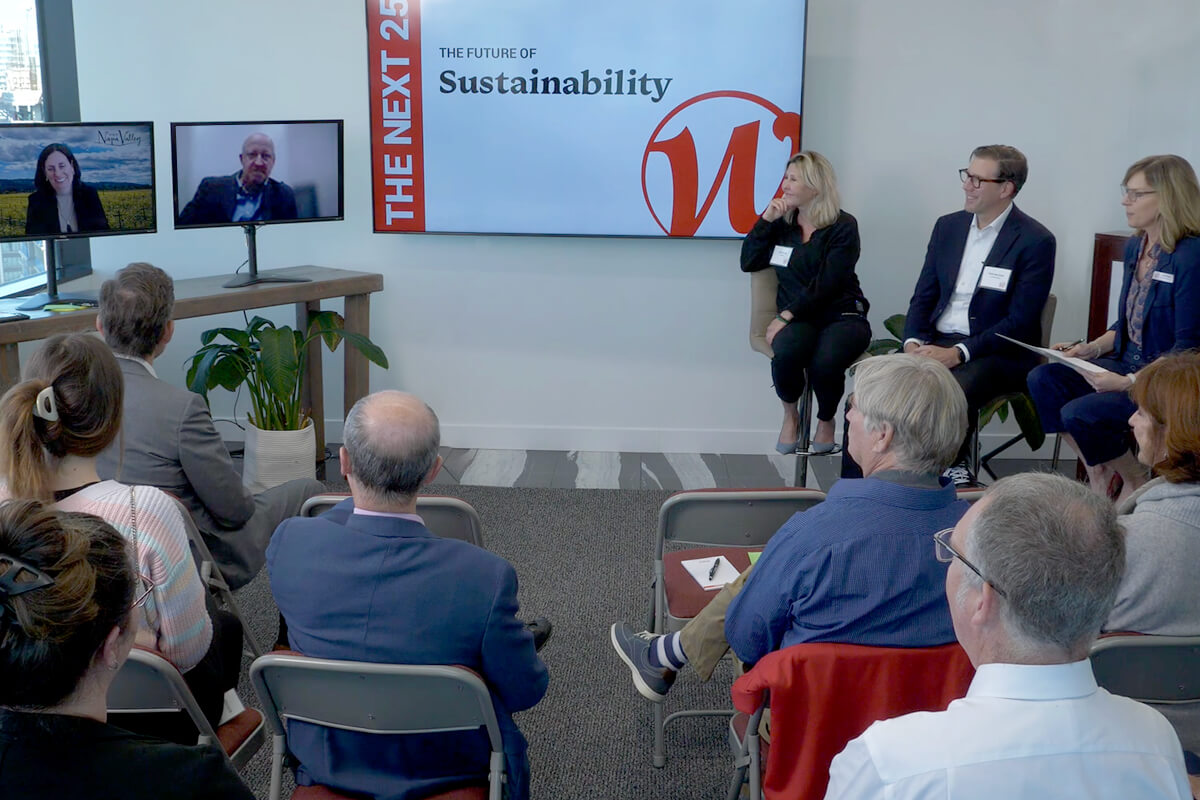
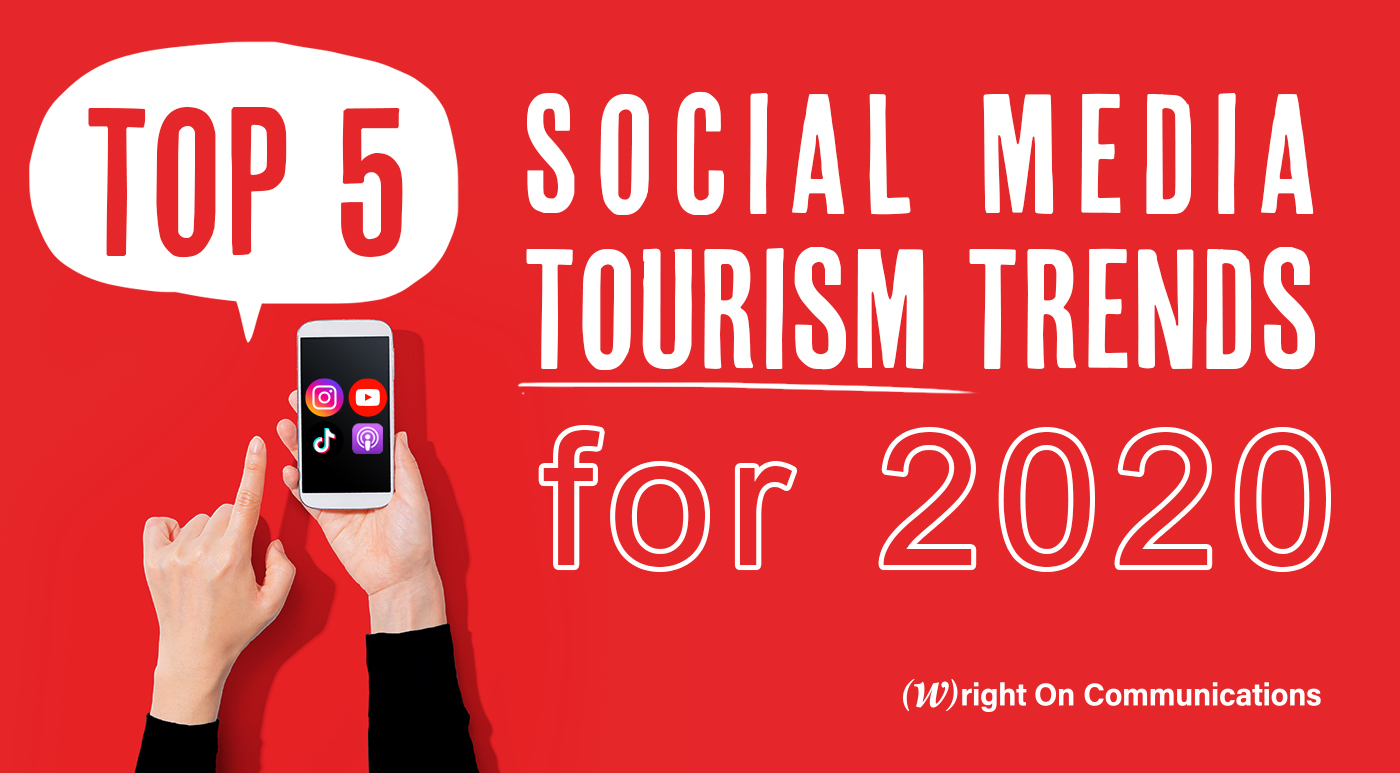


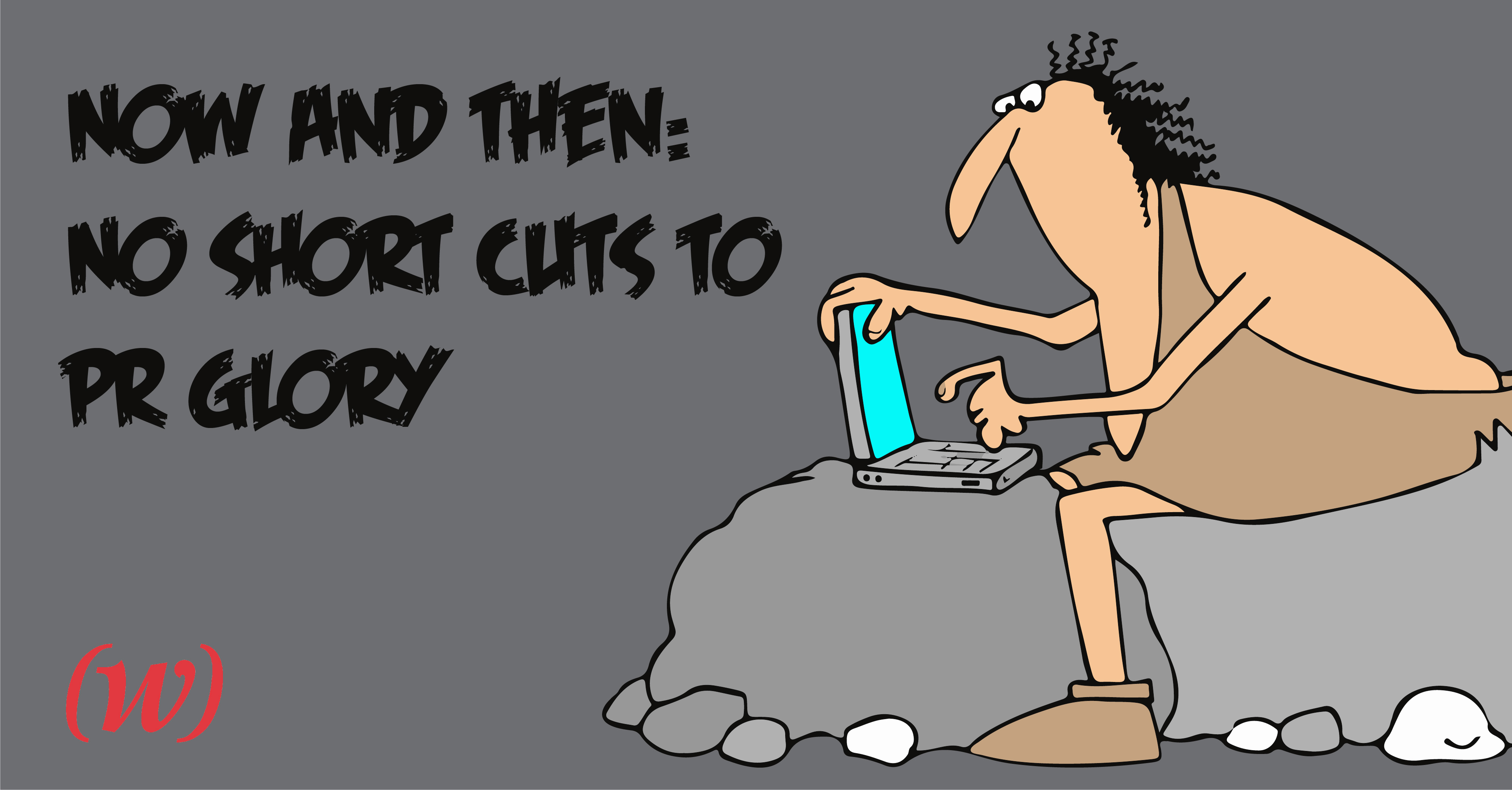

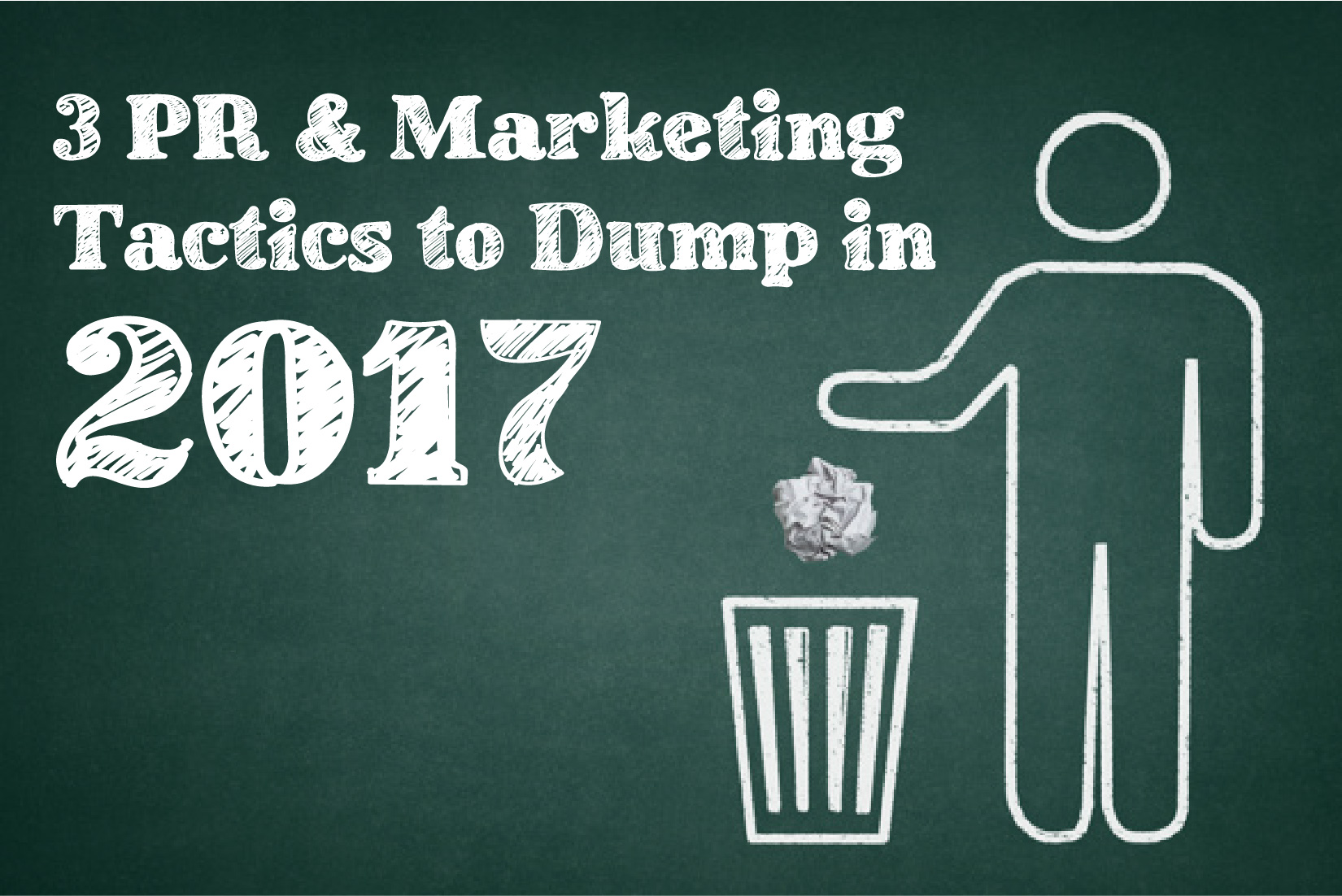

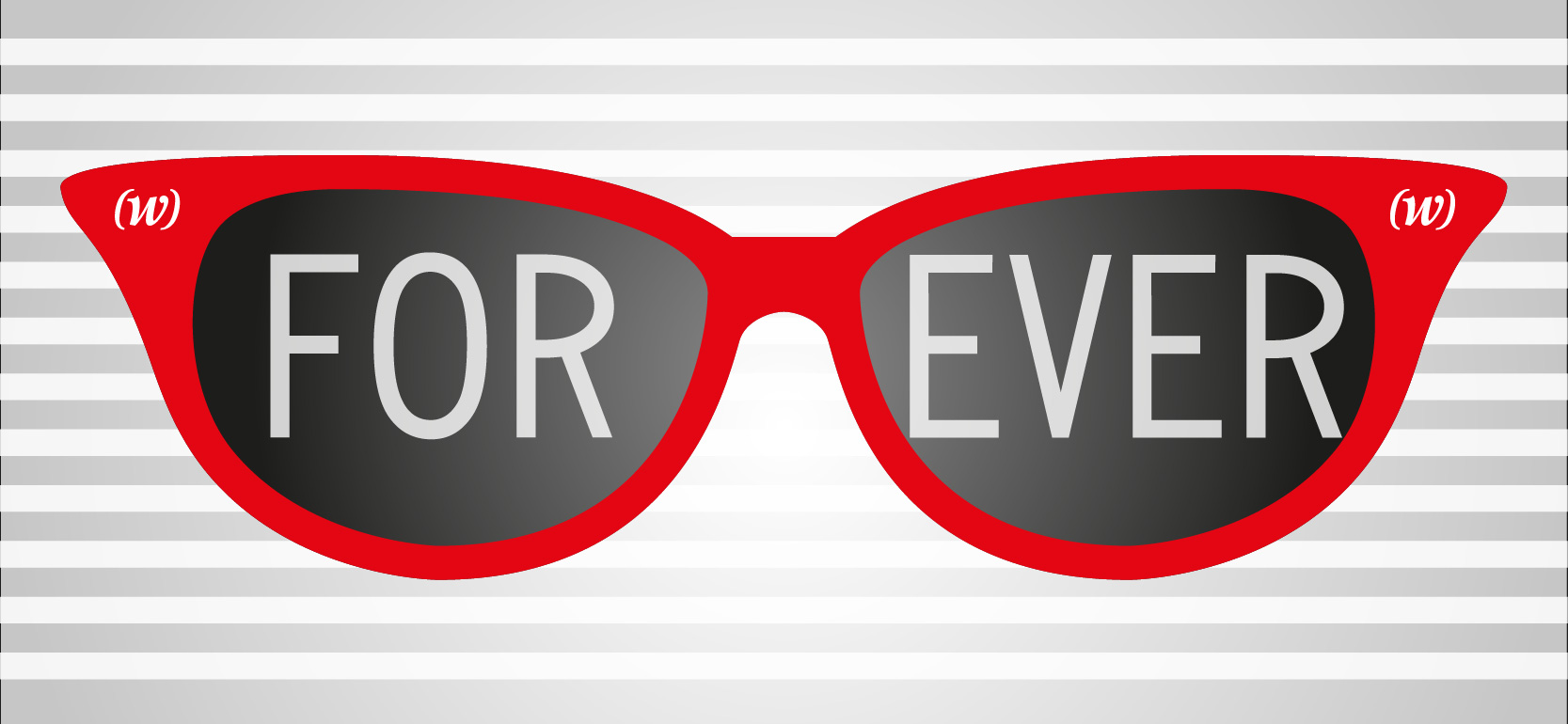


 Grant Wright
Grant Wright






 Corie Fiebiger
Corie Fiebiger
 Shae Geary
Shae Geary Roman Lukjanenko
Roman Lukjanenko Phelan Riessen
Phelan Riessen Katrina Early
Katrina Early Hamish Marshall
Hamish Marshall